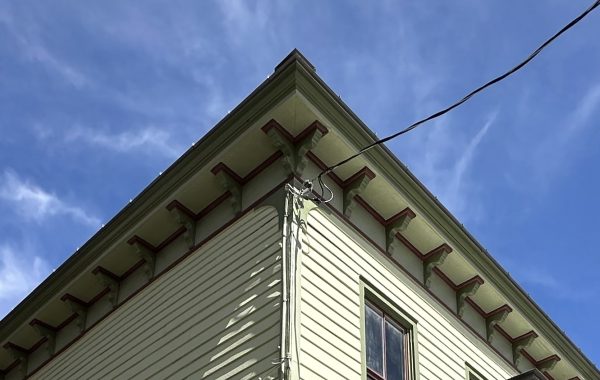The 1890s New York Life Insurance Building at 346 Broadway. Private offices converted to city-government offices, and soon to be residential.

From time to time I’ve discussed some philosophical aspects of repairing and reusing old buildings. I spent a lot of time on this topic last fall during the lead-up to the first Best for NYC Challenge. It was, therefore, quite gratifying to read a newspaper article with the title “Preserving historical buildings: the most sustainable thing is not to build new stuff.”
A few take-aways from the article:
- “’I often say to a client, everything is an asset until we prove it otherwise. A lot of demolition doesn’t make sense.’”
- “By refusing to tear down [a building], they saved an estimated 21,000 tonnes of CO2. Preserving embodied energy (the energy consumed by the entire building process) was key, along with avoiding the physical energy needed to destroy a large structure.”
- “For all the latest technology, there are energy-efficiency lessons to be learned from historical buildings. For example, before the advent of air conditioning in the 1960s, structures made do with passive environmental control from cross-ventilation windows to shutters, awnings and masonry that helped keep out the sun. Similarly the high thermal mass of stone, as seen in Victorian buildings, retains warmth in winter and cold in summer.”
Yes, yes, and yes. We need to keep making these points until they are no longer seen as new, interesting, or controversial, but rather are simply accepted as part of the reality of building design and construction.



You must be logged in to post a comment.